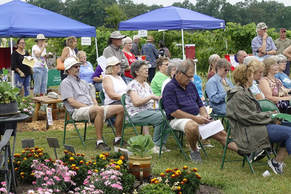 Seed Saving, Harvest, and Fall Clean-up August, 2018 Spooner, Wisconsin. On Saturday morning at 10:00, September 8, gardeners will be meeting in the award-winning Teaching and Display Garden at the Spooner Agriculture Research Station and all are invited to discuss late season gardening. The program will focus on harvesting, seed saving and clean-up. Learn tips and resources on storing and preserving fresh produce. Several types of seed saving techniques will be demonstrated and there will be checklists for fall clean-up. The garden will still be at its peak to enjoy. University of Wisconsin-Extension Master Gardener Volunteers will share their tips gathered through experience and university-based research. This year’s theme is “Get Social in the Garden”, a part of the All American Selections #AASWinners. The Garden is one of eight in Wisconsin that display vegetable and flower varieties who have been awarded this designation as an outstanding cultivar. Remember to bring your own lawn chair for the Meet Me in the Garden Seminar. The session is free and open to the public and will be held rain or shine – please dress accordingly. In case of inclement weather, the program will be held at the Station Building at W6646 Highway 70, Spooner. The garden is located on Orchard Lane, 1.5 miles east of Spooner on Highway 70 or 1/2 mile west of the Hwy 70/53 interchange. Watch for garden meeting signs. For more information and a map visit the station’s web site at: http://spooner.ars.wisc.edu/ or contact Kevin Schoessow or Lorraine Toman at the Spooner Area UW-Extension Office at 715-635-3506 or 1-800-528-1914.
0 Comments
Welcome to the Playground Garden....the first American playground opened in 1887 in San Francisco. Ever since then, playgrounds have become the meeting place for children and adults all across the country to exercise, enjoy fresh air and meet new friends. Baseball diamonds, tennis courts, swings and slides - the joy of socializing has introduced millions of strangers who have enjoyed life bonding experiences. From All-American Selections, a 2018 AAS Flower Winner"Sister to 2013 AAS Winner South Pacific Scarlet, this newest AAS Winner is compact in habit and well suited for both landscape and container use. This variety is more vigorous, more uniform, and has more basal branching than comparison cannas. It offers an outstanding bloom color in an attractive, vivid bright orange that contrasts nicely with the bright green foliage. Pollinator gardens will love this addition of an attractive canna that sports uniformly colored flowers over a long blooming period. Bonus: this canna is grown from seed, not tuber, meaning less chance of succumbing to disease." This is part of a series of blog posts featuring the All-American Selections Display Gardens.
What is All-American Selections? As written on their website: “All-America Selections is an independent non-profit organization that tests new, never-before-sold varieties for the home gardener. After a full season of anonymous trialing by volunteer horticulture professionals, only the top garden performers are given the AAS Winner award designation for their superior performance.” The Spooner Teaching and Display Garden is one of eight AAS display gardens in Wisconsin. Come to the Spooner Teaching and Display Garden to see over 600 plants that have been planted in the display beds. The planting of both the display and vegetable beds is now complete and each day there is more to see as the season progresses. The Teaching and Display Garden can be found on Orchard Lane and is located 1.5 miles east of Spooner on State Highway 70 or 1/2 mile west of Highways 70/53 interchange. It is open to the public daily in the growing season during daylight hours. 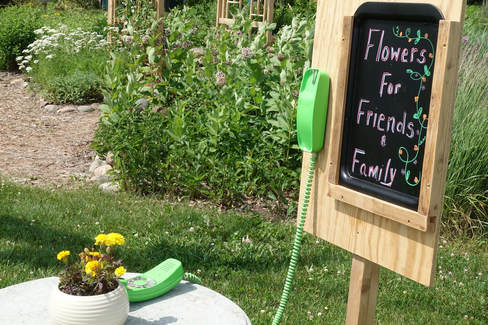 Flowers instantly bring joy to both the sender and recipient, as an arrangement transcends the miles, and brings to life the reality of the phrase, "reach out and touch someone". Flowers plucked from gardens everywhere deliver a medley of fresh floral fragrance among good wishes. Send or Give a Bouquet Today! This All-American Selections Display Garden Bed features "Verbena EnduraScape™ which is described as “tough as nails” because it is the first verbena that can tolerate drought and heat plus survive cooler temperatures down to the low teens. This long-blooming pink bicolor verbena is spectacular in the landscape, edging a walk or border as well as in large containers and baskets. Vigorous plants are sturdy spreaders that pop with abundant soft pink blossoms that darken in intensity toward the center of the bloom. Pink Bicolor is the newest color in the series and the AAS Judges deemed it truly spectacular!" This is part of a series of blog posts featuring the All-American Selections Display Gardens.
What is All-American Selections? As written on their website: “All-America Selections is an independent non-profit organization that tests new, never-before-sold varieties for the home gardener. After a full season of anonymous trialing by volunteer horticulture professionals, only the top garden performers are given the AAS Winner award designation for their superior performance.” The Spooner Teaching and Display Garden is one of eight AAS display gardens in Wisconsin. Come to the Spooner Teaching and Display Garden to see over 600 plants that have been planted in the display beds. The planting of both the display and vegetable beds is now complete and each day there is more to see as the season progresses. The Teaching and Display Garden can be found on Orchard Lane and is located 1.5 miles east of Spooner on State Highway 70 or 1/2 mile west of Highways 70/53 interchange. It is open to the public daily in the growing season during daylight hours. 6 Tips for maintaining healthy soil ecosystem:
For more info on soil testing go to: UW Soil Lab - Lawn & Garden Testing Information
Each season Master Gardeners answer a plethora of questions for the public about gardens, turf, trees, flowers, vegetables, insects, and plant diseases. Some people have methods of gardening that have been passed down through generations that have no basis in fact and can, in fact, be downright detrimental to the landscape. One very common practice is using salt for weed control in an asparagus patch. This old practice involves pouring salty water or granular salt in among the asparagus plants to kill the weeds. While asparagus is deep-rooted and has a higher salt tolerance than shallow rooted weeds, this is still a poor practice. The salt destroys soil structure, creates a crust on the soil surface, and results in poor water penetration. Ultimately it will kill the asparagus along with the weeds. Mechanical (shallow tilling or hoeing in the spring), cultural (applying mulch), or chemical (using preemergent herbicides) are all superior weed control methods. Epsom salt application is another favorite of the garden misapplications. Epsom salt is high in magnesium and some gardeners use it generously when growing roses, peppers, and tomatoes. In reality, unless the soil is extremely deficient in magnesium, it will not be of any benefit. Even then, the application may result in environmental harm that negates any benefit. A soil test would be the first line of defense to determine if any deficiency exists. In that unlikely event, an addition might be necessary, but Epsom salt would be a poor choice for an amendment. Magnesium is not a macro element needed for ideal growth. Healthy soil and the three major elements, nitrogen, phosphorous, and potassium, will produce ideal growing conditions. A common misconception when planting a tree or shrub is to dig the planting hole twice as wide AND twice as deep as the root ball. Only half of that statement is correct. The hole should be twice as wide, but only as deep as the root ball itself. Deep planting leads to stress, decline, and eventual death of the tree. Contrary to popular opinion, tree roots do not grow deeply like a carrot, but they spread widely. They will extend as far, or farther than the tree canopy. Ninety to ninety-five percent of the roots will be within the first three feet of soil, and fifty percent will be within the first foot. When planting a new tree, identify the first set of primary lateral roots and locate them at or near the soil level. Another mistake is to add compost to the planting hole. Roots prefer to grow in this nice, soft soil and will curl around and try to stay in the area instead of spreading out. This will lead to girdling and eventual tree death. Instead, backfill the hole with native soil. The last fantasy is a potentially deadly one: organic pesticides are not as harmful as synthetic ones. Keep in mind that arsenic, snake venom, and E. coli are all organic, and all can be deadly. A pesticide is defined as “any substance or combination of substances intended for preventing, destroying, repelling, regulating, or controlling pests.” This covers both organic and synthetic pesticides and includes herbicides, insecticides, and fungicides. The perception is that organic pesticides are gentler to the environment. However, if improperly applied, organic pesticides containing pyrethrins (a compound extracted from chrysanthemums) can be toxic to both humans and pets. Rotenone, another organic compound, can be hazardous to aquatic life. All of them are harmful to beneficial insects. To determine relative toxicity on any pesticide label, look for the signal words “Caution” (least toxic), “Warning”, or “Danger” (most toxic). However, these words do not give an indication of environmental harm, only toxicity. In any case, use according to label directions. When trying to determine if a practice is sound or is based on questionable data, always use university based research. Find sites that end in .edu or .gov when using the internet as a resource. Consult the County Extension Office or a Master Gardener for assistance. Happy Gardening. Carol Shirk Certified Master Gardener Original Post at: https://dodge.uwex.edu/2017/04/ask-a-master-gardener-garden-facts-and-fantasies/ This is a guest post from Carol Shirk, UW-Extension Master Gardener Volunteer. She is from Dodge County and has been a Master Gardener for over 20 years, grew up on a dairy farm where they grew most of what they ate. She jokingly says that she was the original Cabbage Patch Kid, because she was literally raised in a garden. She has been gardening in some form or another for more than 60 years.
Welcome to the Stars and Stripes Forever Garden....as we gather to honor our veterans and families for military service, enjoy the peace and joy in the gardens here and everywhere. Red, white, and blue flowers are planted and displayed in remembrance of those who have served.
A highlight of this garden is the Zinnia Profusion Red, a 2017 All-American Selections winner (#AASWinners). All-American Selections has this to say about this flower: "This newest Profusion Zinnia winner is the fourth color in the single flower series to win the coveted AAS Winner award. The original Profusions were ground-breaking plants because of their compact form, disease resistance, early and continuous blooms all season long and ease in growing. Judges raved about the vibrant, perfectly true red color of this zinnia which doesn’t fade in summer’s intense rays. As one judge stated, “We have waited for years for this true red color in zinnias!” Gardeners will find many uses for the true red zinnia that’s easy to grow and a favorite of pollinators. Uniform plants and outstanding greenhouse and garden performance will be especially important for growers producing Profusion Red for retail sales. " Zinnia Profusion Red is also a Fleuroselect Gold Medal Winner for garden performance in Europe. This is part of a series of blog posts featuring the All-American Selections Display Gardens. What is All-American Selections? As written on their website: “All-America Selections is an independent non-profit organization that tests new, never-before-sold varieties for the home gardener. After a full season of anonymous trialing by volunteer horticulture professionals, only the top garden performers are given the AAS Winner award designation for their superior performance.” The Spooner Teaching and Display Garden is one of eight AAS display gardens in Wisconsin. Come to the Spooner Teaching and Display Garden to see over 600 plants that have been planted in the display beds. The planting of both the display and vegetable beds is now complete and each day there is more to see as the season progresses. The Teaching and Display Garden can be found on Orchard Lane and is located 1.5 miles east of Spooner on State Highway 70 or 1/2 mile west of Highways 70/53 interchange. It is open to the public daily in the growing season during daylight hours. Welcome to the Bee Happy Tea Garden.....popular in England in the 18th Century where ladies and gentlemen enjoyed tea together, oftentimes with entertainment such as Mozart or Handel. In a splendid garden setting -- floral beauty all around while sipping a cup of tea--friendships are bound to blossom!
This garden highlights Vinca Mega Bloom Pink Halo F1 , an All-American Selections Flower Winner (#AASWinners) from 2017. Here is what AAS has to say about this flower: "Mega Bloom is an exciting new series of vinca bred to withstand heat and humidity without succumbing to disease. Pink Halo produces huge soft pink blossoms with a wide white eye. These flowers present a striking look in the garden, even from a distance. Plants maintain a nice, dense habit with flowers staying on top of the foliage for full flower power color. " This is part of a series of blog posts featuring the All-American Selections Display Gardens. What is All-American Selections? As written on their website: “All-America Selections is an independent non-profit organization that tests new, never-before-sold varieties for the home gardener. After a full season of anonymous trialing by volunteer horticulture professionals, only the top garden performers are given the AAS Winner award designation for their superior performance.” The Spooner Teaching and Display Garden is one of eight AAS display gardens in Wisconsin. Come to the Spooner Teaching and Display Garden to see over 600 plants that have been planted in the display beds. The planting of both the display and vegetable beds is now complete and each day there is more to see as the season progresses. The Teaching and Display Garden can be found on Orchard Lane and is located 1.5 miles east of Spooner on State Highway 70 or 1/2 mile west of Highways 70/53 interchange. It is open to the public daily in the growing season during daylight hours.
Reminder: The Twilight Garden Tour is August 14 starting at 4:00 pm at the Spooner Agricultural Research Station Teaching & Display Garden.
"To plant a garden is to believe in tomorrow" Audrey Hepburn Come to the Twilight Garden Tour August 14th to learn more about planting your own cutting garden and how to create bouquets with your flowers. We will share planting tips, what works best in a cutting garden and how to improve vase life for the bouquet you create with your flowers. Assembling a bouquet of flowers from your own garden gives great pleasure. We get to appreciate the plants in a new way as we put together a seasonal bouquet. A perfect way to share your joy of gardening to anyone who needs a lift. Good Flowers for Cutting Gardens Snapdragons Sunflowers Zinnias Gladiolas Dahlias and many more .. Adding Mulch to your Cutting Garden We will share tips on how and why we mulched along our rows of our cutting garden. Bouquet Tips Learn some tips and tricks to extend the vase life of your bouquets. See you at the Twilight Garden Tour, August 14th 4pm to Dusk at the Teaching and Display Gardens
*Planting cover crops can improve a new or overused vegetable garden by adding nitrogen and microbes to the soil.
*They can improve soil texture by breaking up compaction. *They can suppress weeds and after cutting them down can provide natural mulch between rows of vegetables. *They can attract pollinators if they have flowers (ie clover, vetch, buckwheat). *Rye establishes itself quickly and is a good cover crop to plant in the fall and overwinter. *Cut or mow the crop before it seeds. *Buckwheat can be a good early spring cover crop to plant before vegetables and it benefits the soil. Problems that cover crops can help with:
Some resources for cover crop seeds are: Johnny Seed Company, Seed Savers, and Mother Earth Nursery in Minneapolis. Also UW-Extension's bulletin "Cover Crops for Home Gardens". |
|
| North Country MGV | gARDEN bLOGS |
Location |
|
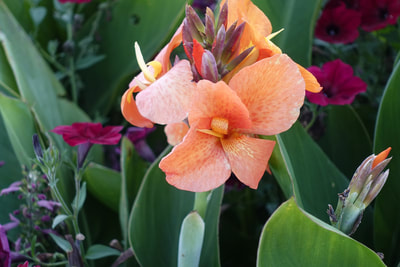
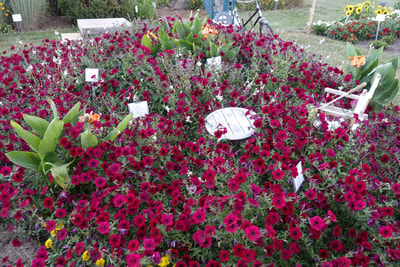
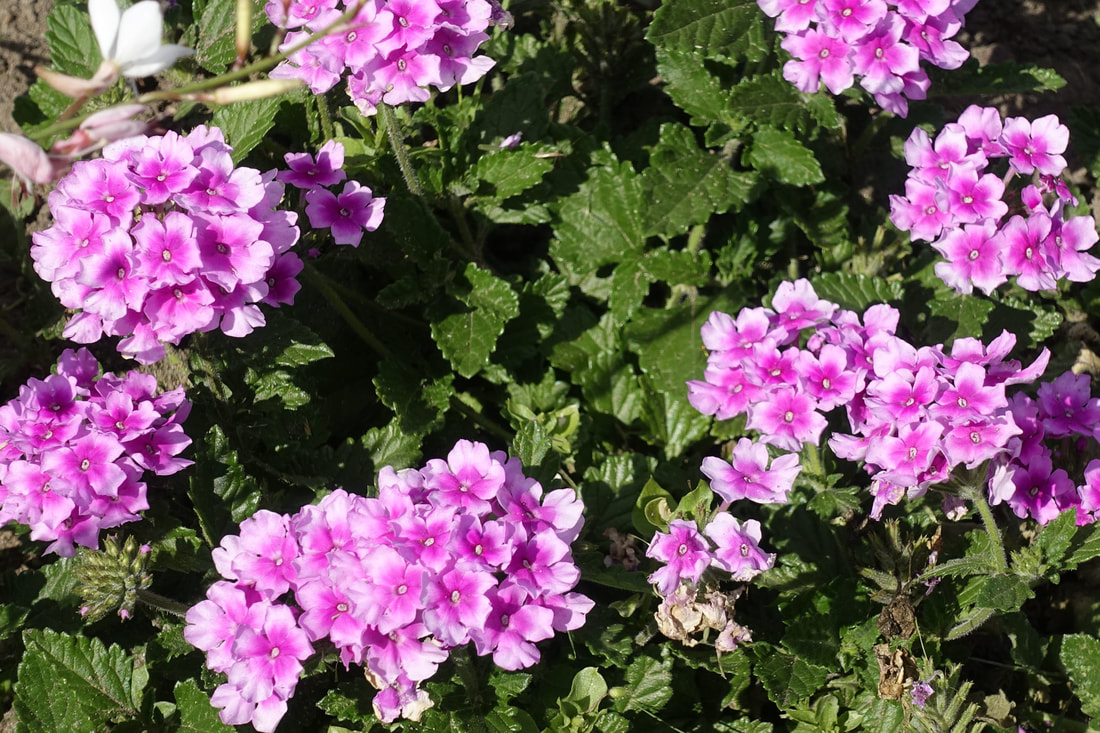

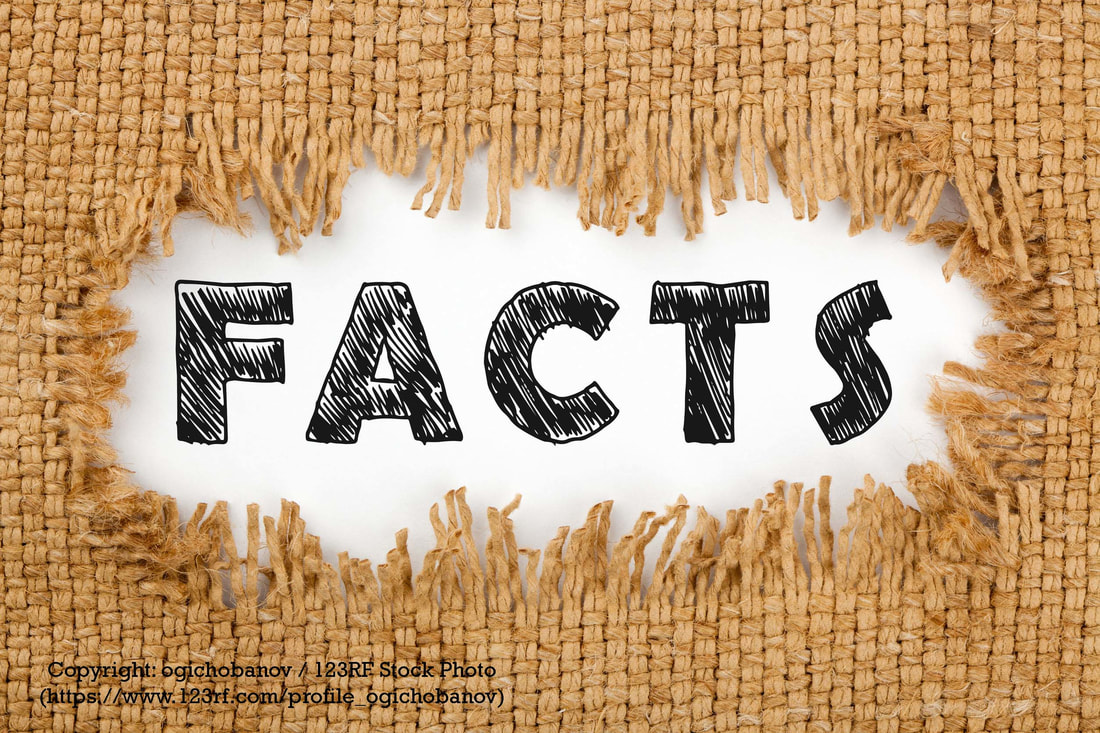
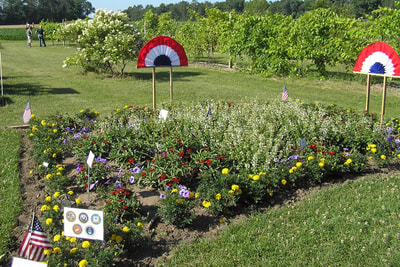
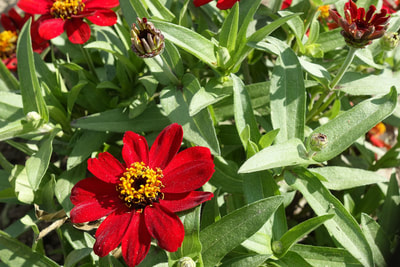
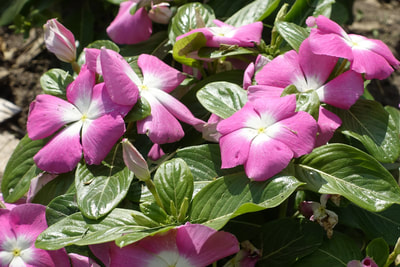
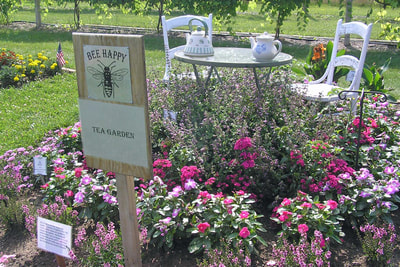
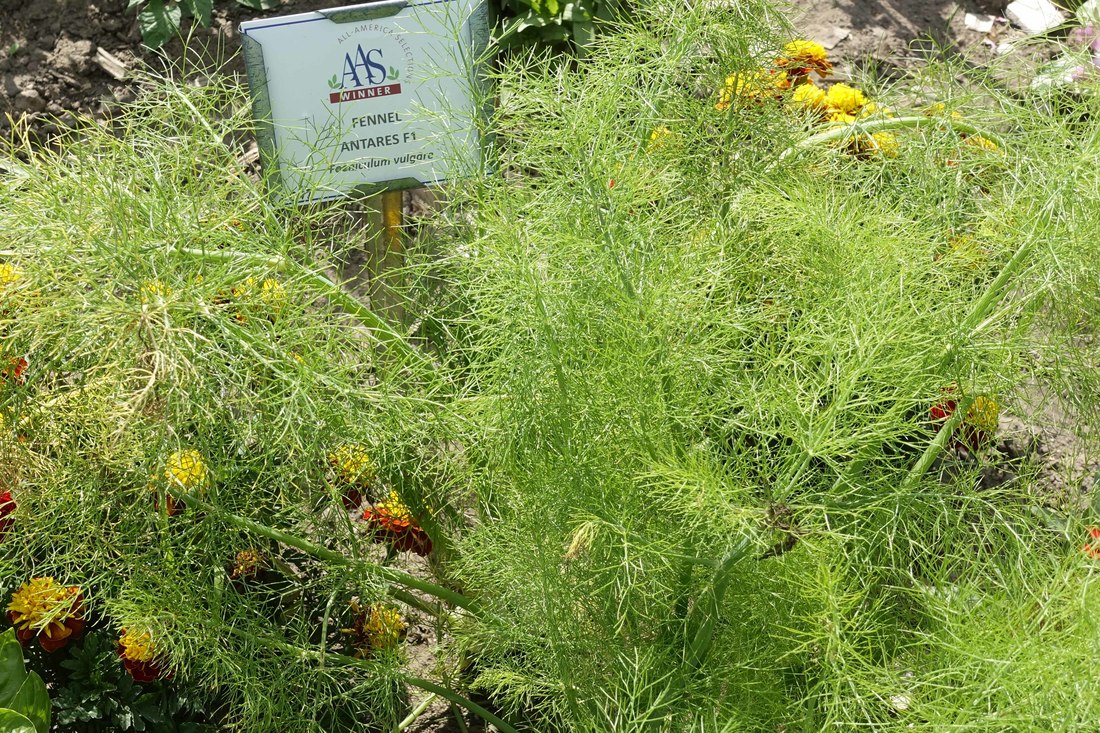

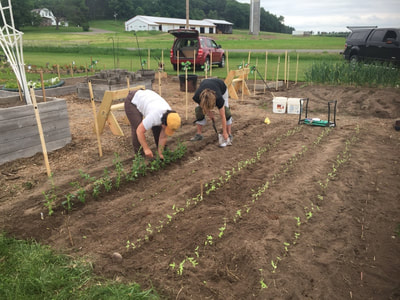
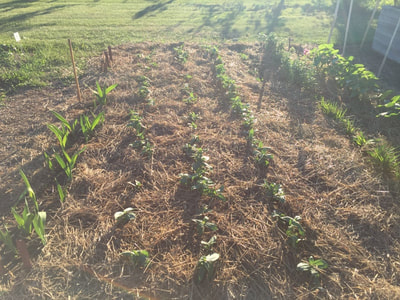
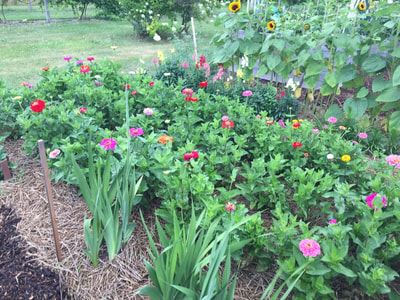
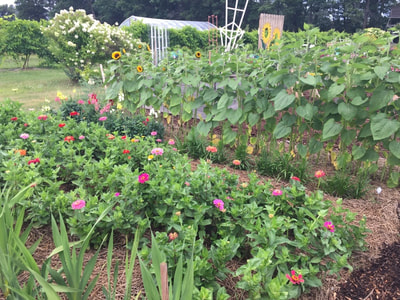
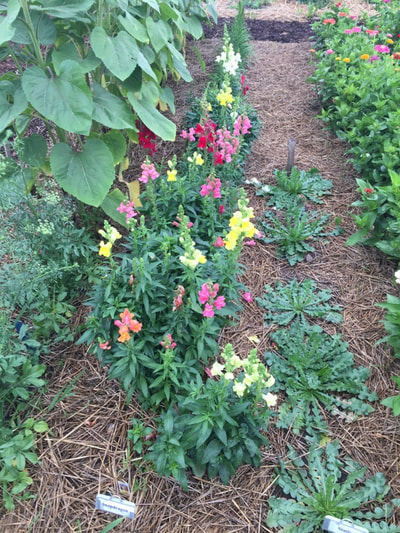
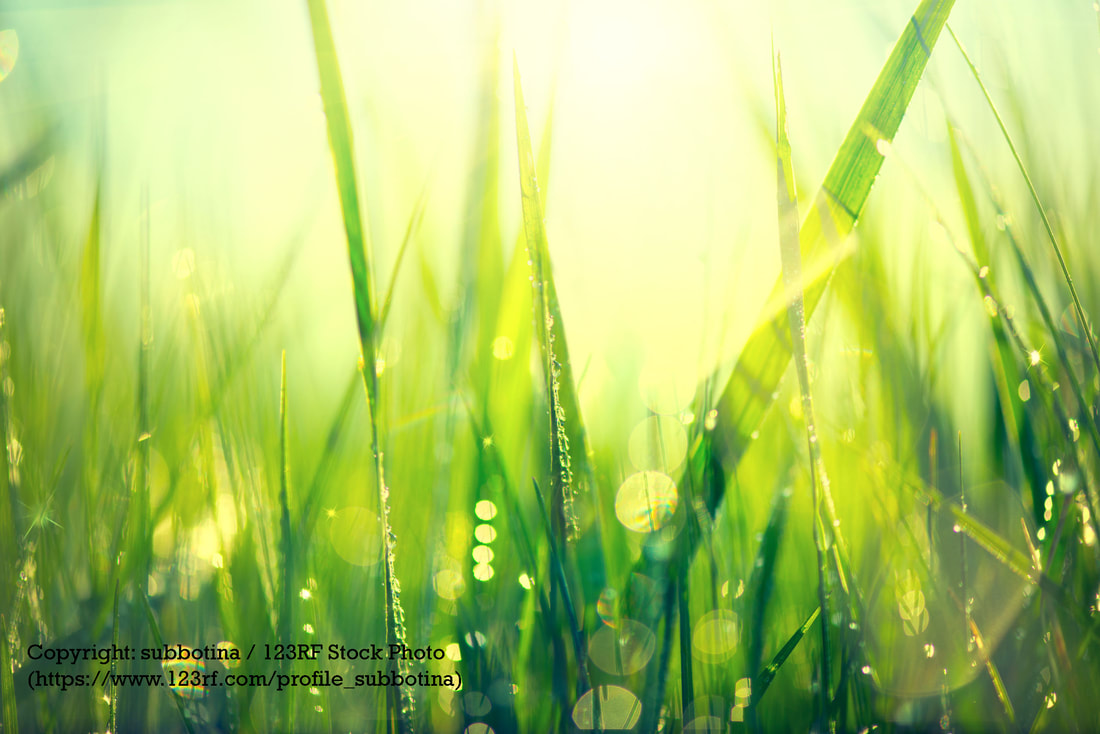
 RSS Feed
RSS Feed